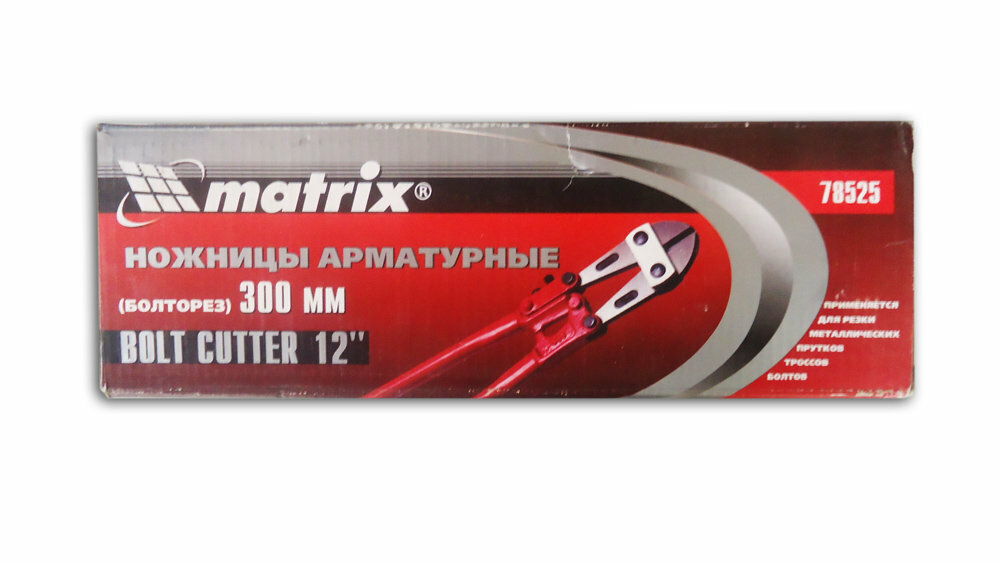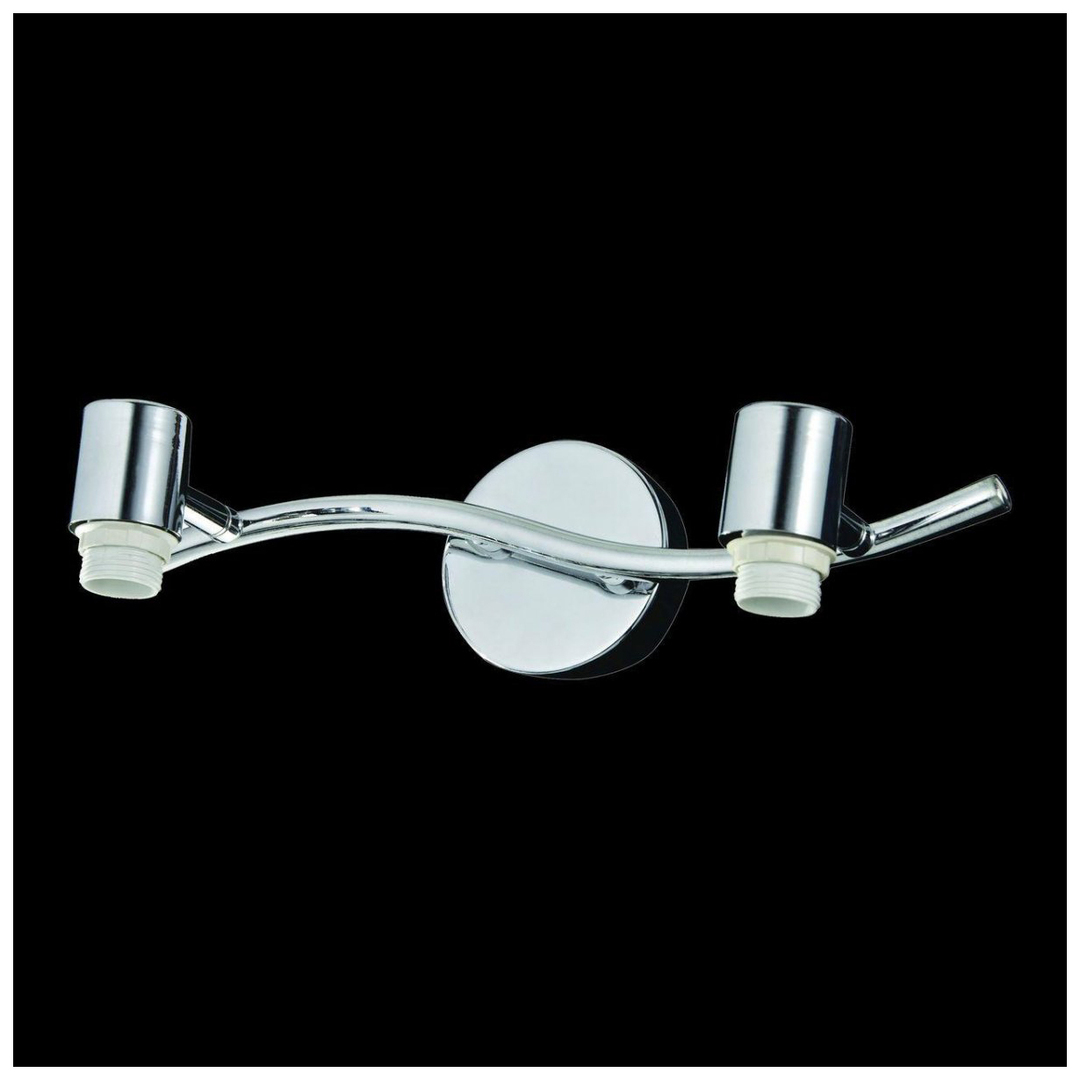Modern interiors pleasing to the eye exclusive design, extraordinary check space, and sometimes a combination of classical simplicity with functionality. In any case, the utilities in its original form may look good only in the loft-style rooms. In all other pipe element are undesirable and need a disguise.
For information on how to hide the heating pipes in the apartment, worried not only the lucky owners of luxury housing, but also to all who care about aesthetics. Laid open communication usually look very unsightly, so the cause of their natural desire to decorate or hide completely. With a little imagination, you can use advanced materials to give the elements of the heating system a unique decorative look.

Features decorating tubes in a private house and apartment
Options as possible to hide the heating pipes, the most in a private home. Internal communications private buildings are not connected with the neighborhood and, accordingly, may, if necessary, be laid and shift as they please. If we change the configuration of the heating system is planned in an apartment building, it is necessary to take into account the interests of all residents and pursue an agreement with the operator.
Completely hide the pipe only during construction or overhaul. For this purpose concealed in walls or laying on the floor. Pipes with insulation placed in Stroebe, and a coating solution or hide under moldings. In the individual heating systems, floor heating can be arranged. In private homes convenient to hide communication between logs of wood flooring. It only remains to close the decorative overlays the intersection of the pipes to the floor, as shown in the photo.

Most inconvenience residents of apartments delivered main transit pipelines, which, because of the large size is difficult to hide. In addition, overdone with shelter, you can lose part of the heat transferred to the room. To disguise them, only suitable methods of external decoration.
On a note: decorating heating pipes in your home, you can not worry about changes in their heat. In the individual rooms heating systems remain the same, only the change ratio of the heat coming from the pipes and radiators. But in homes with central heating have to cherish every kilokalloriyu heat and leave the lines as open as possible.
Anyway, any action in relation to the elements of the heating system affect its functioning. Before taking drastic measures to transfer pipes out of sight, should explore the full scheme of the existing wiring and to analyze the possible consequences.

Important! Latent pad can be used only when the use of new high-quality pipe without threads. All collapsible sections and fittings must remain accessible for service. This is particularly important in homes, where the occurrence of an emergency situation is fraught with flooding neighbors.
In some cases, the best option is open decoration laid pipelines and the radiators. This allows you to make them invisible with minimal cost, without compromising the integrity of the walls and the floor, and without changing the heating circuit configuration. This saves all the design parameters of the heating system and free access for easy operation. Choosing how best to decorate the heating pipe in the room should be guided both by considerations of aesthetics, and save functionality.
5 ways how to hide the heating pipes
The open pipe-laying does not mean hopelessly spoiled interior. heating elements can always cover the carcass structure decorate decorative elements and artistic painting. From all variety of options to allocate 5 basic ways how to hide the heating pipes in a private home or apartment:
- Use of the protective screen
- Setting the frame box
- The construction of false walls
- Decorating using scrap materials or plants
- Coloring and patterning.
Let us consider each of these in detail.
Use of the protective screen
The easiest way to hide the heating pipes in the apartment, and sometimes in a private home. It's fast, relatively inexpensive and does not require the involvement of specialists, applicable even for pipes distant from the walls. It is enough to choose your favorite model and fix in place. Screens may be made of metal, wood, plastic, particle board, MDF. There are many configurations in a variety of styles. Bored screen can be easily replaced. If desired, and the availability of skills in working with wood products can produce their own hands.

Special attention is given to screens of radiators made of tempered glass or transparent acrylic. They are pretty durable, easy to remove, easy to clean up, have a broad color gamut. If necessary, the screens can be manufactured to any size to order. You can print images and photos, the application of a variety of patterns. Used as screens, stained glass windows, which look very impressive backlit. Such elements can enrich even the most refined interiors.

Decorative screens can cover not only the battery, but the pipe running to him. The main thing to hold the correct measurements and fit in well in harmony with the other elements of the interior. The photo below shows the use of lighting in conjunction with a textile screen-interlaced.

As screens are also used for radiators perforated panels and gratings that are installed in the openings of frame structures. This embodiment allows to completely hide all of the elements of the heating system, but is applicable only in the case if the batteries are placed in niches or if false wall mounted at a considerable distance from existing. For ease of maintenance screens make removable.

Council: paste for radiator foil insulating sheet, it is possible to significantly improve heat transfer of the heater and to increase the room temperature for a couple of degrees. This will compensate for the effect of a decorative screen, which prevents the natural heat transfer and reduces heat gain by 5 - 15% depending on the model.
Setting the frame boxes
This method makes it possible to close the risers and horizontal sections that violate the general harmony of the interior. Around the pipe frame is constructed of wooden beams or metal profiles, which is sheathed gypsum boards, PVC panels, plywood, OSB-boards, MDF or lining. Ready box of GCR can be painted, papered or lined with ceramic tiles. Very impressive looking design with decorative stone and the use of stained glass with illumination.

Thinking box structure. recommended to provide removable parts or openings with auditing doors at the location of threaded fittings, regulation and shut-off valves. It is convenient to use the panel to snap or magnet. If necessary, the box can be turned into economic cabinet or bedside table. This is especially true in small bathrooms.
Important! Close the tube hollow duct is possible only if they are new and have already been conducted hydraulic tests, confirming the reliability of connections.
Dimensions of the box taken on the basis of their number and diameter of the tubes. Thus it is necessary to leave a gap of a few centimeters for free communications traffic due to thermal expansion and maintenance convenience. Pipes themselves is desirable to cover the thermal insulation. It cost inexpensive, and the heat leakage to unnecessary heating of interior space and the duct rear wall will prevent.
The construction of false walls
If the room heating pipes take up much space, or in addition to them there are also other forms of communication, it makes sense to consider such an option shelter as false wall. It is mounted on the same principle as that of the box, but covers the entire wall, and not just part of it. Accordingly, it takes more space and reduces the area of the room.
The main advantage of the false wall is the lack of even the slightest trace of communications. There is no need in the dirty work of shtroblenie walls, pipes completely hide dust and excess debris. If necessary pipeline access for maintenance or repair of the wall can be partially disassembled and assembled back without any problems. To disassemble large areas, opposite pipes and in particular their connections provide for installation of panels of a small size.

If the division of space in the room is constructed of plasterboard partition walls, it is just the perfect place to hide communication. Between the sheets is always a free space of 50 to 100 mm, which is sufficient to accommodate heating tubes. Pipelines running under the ceiling, it is convenient to hide behind the suspended structures.
The main drawback of false walls - is the difficulty of detection of a leak in an accident. Therefore, the quality of the tubes and their mounting high requirements. Old pipes definitely need to be replaced. The number of connections to be minimized. If we can not do without joints, preference should be given to the welding or crimping. Threaded connections and valves are left open or are placed behind doors or removable panels.
Decorating using scrap materials
A good opportunity to hide the tube, while maintaining easy access to them, giving them a disguise under vegetation or home furnishings. The most popular material for decorative artificial flowers, twine, cord, rope, tape, fabric, buttons and stones. Very convenient to use bamboo. Simply find the barrel of suitable diameter. decor options, there are many, the course can be sent any available materials that are suitable to the style of the room. Some of them are shown in the photo.

This method hides the pipes gives unlimited scope for creativity. It looks good riser, coiled hemp rope. With a little imagination, it can be easily turned into a trunk or branch of a tree. Often found masking birch. Of horizontal pipes get a comfortable support for hanging decorative items, curtains or shelves.

Coloring and patterning
All of the above methods of masking the heating tubes in varying degrees, reduce the heat input into the room. One of the best one, as it is possible to hide the heating pipe in apartment, to save their heat, and applying a painting different patterns. Good results are obtained as a decorative painting and decoupage coated with heat-resistant varnish.

Subject to work with your hands, this method is the cheapest, because the metal elements the heating system is still in need of painting, and paint consumption patterns on a insignificant. In the case of using decoupage with napkins at all costs are minimal. At the same pipes and radiators transformed from ugly things that I want to hide in the interior decoration.
Important! The paint should be applied to the cold loop when the heating system is switched off, or when rapid drying it may crack or simply lie uneven layer with spots and stripes.
In order to give a decorative appearance elements of the heating system is sometimes applied even coloring plastics piping and already coated with a protective layer of heaters. Well-chosen color scheme can make pipes and radiators are the main highlight of the interior, and can help them blend well into the situation and to make invisible.

When choosing colors should pay attention to the parameters such as colors, resistance to fading over time, gloss, ability to withstand high temperatures, good adhesion to the corresponding base. Also important environmental and odor, since doing paintings, have for a long time to breathe pairs of paints and varnishes.
Council: In no case can save on the price of paints and brushes. After daring design solutions for successful implementation requires the use of the most quality materials.

The easiest way how to hide the heating pipes is their coloring to match the walls. However, the time spent on artistic painting, always pays off later aesthetic pleasure from the contemplation of get the picture.
Normal heat sink can become a canvas for the artist. With the help of brushes and paints skilled hands can turn the heater into a work of art.

conclusion
Modern pipelines have a long service life and allow hidden gasket. However, in some cases, the heating elements are open and decorated. Ways to disguise pipes there are quite a few, the choice of the most suitable depends on the characteristics of the premises and the aesthetic taste of the owners.
In the presence of creativity and a willingness to devote time decorating heating pipes can be made with your own hands in the room. This will allow to decorate the interior with minimal effort.




